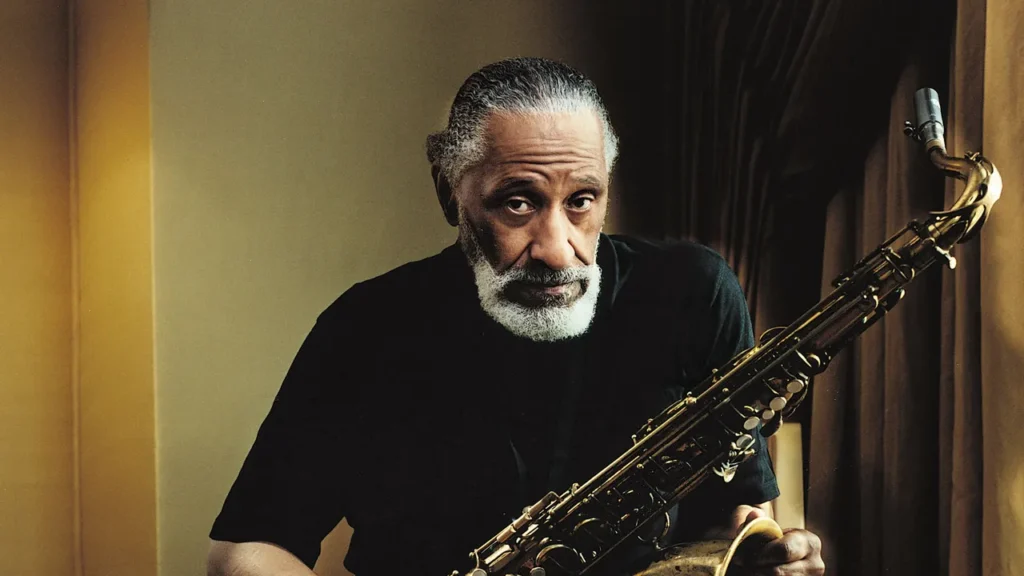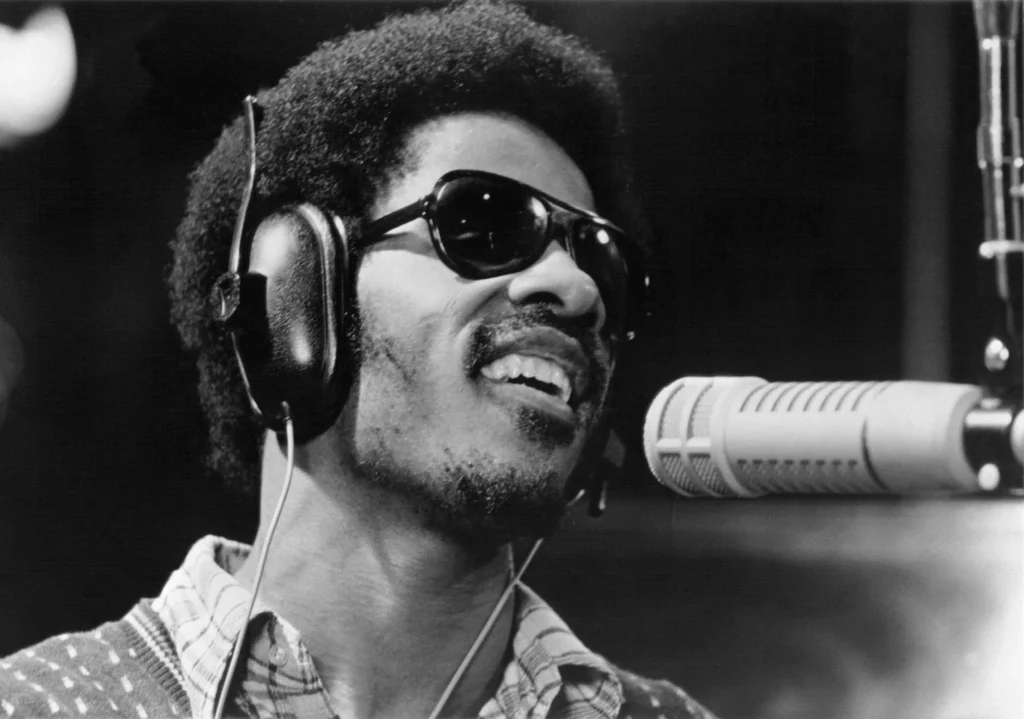Sonny Rollins

Walter Theodore “Sonny” Rollins is an African-American jazz tenor saxophonist who is widely recognized as one of the most important and influential jazz musicians. In a seven-decade career, he has recorded over sixty albums as a leader. A number of his compositions, including “St. Thomas”, “Oleo”, “Doxy”, and “Airegin”, have become jazz standards. Rollins has been called “the greatest living improviser”. His fluid and harmonically innovative ideas and easily accessible sound have influenced generations of players.
Born Theodore Walter Rollins in New York City on September 7, 1930, he had an older brother who played violin. At age nine, he took up piano lessons but discontinued them, took up the alto saxophone in high school, and switched to tenor after high school, playing local engagements. In 1948 he recorded with vocalist Babs Gonzales, then Bud Powell and Fats Navarro, and his first composition, “Audubon,” was recorded by J.J. Johnson. Soon thereafter, Rollins quickly made the rounds with groups led by Tadd Dameron, Chicago drummer Ike Day, and Miles Davis in 1951, followed by his own recordings with Kenny Drew, Kenny Dorham, and Thelonious Monk.
Nicknamed “Newk,” he served early apprenticeships with bop masters from Bud Powell and Miles Davis to Max Roach & Clifford Brown. In 1956 Rollins made his biggest move, joining the famous ensemble of Max Roach & Clifford Brown, then formed his own legendary pianoless trio with bassist Wilbur Ware or Donald Bailey and drummer Elvin Jones or Pete La Roca in 1957, recording sessions at the Village Vanguard. Awards came from DownBeat and Playboy magazines, and recordings were made mainly for the Prestige and Riverside labels, but also for Verve, Blue Note, Columbia, and Contemporary Records — all these factors coincided with Rollins’ steadily rising star. Pivotal albums such as Tenor Madness (with John Coltrane), Saxophone Colossus (with longstanding partner Tommy Flanagan), and Way Out West (with Ray Brown and Shelly Manne), and collaborations with the Modern Jazz Quartet, Clark Terry, and Sonny Clark firmly established Rollins as a bona fide superstar. He also acquired the nickname “Newk” for his facial resemblance to Brooklyn/Los Angeles Dodgers pitcher Don Newcombe.
After 1956’s classic Saxophone Colossus was released, he was heralded as jazz’s top tenorist. A year later, after Way Out West and A Night at the Village Vanguard (two pioneering pianoless trio dates), he entered a class of his own — a reputation he never relinquished. Several of his own compositions, including “Oleo” and “Doxy,” are jazz standards. Rollins retired twice early on: the first time, from 1959 through 1961 (when he practiced his horn on the Williamsburg Bridge), resulted in 1962’s comeback album The Bridge. Between 1969 and 1971 he went on a spiritual sojourn to Jamaica and India. After returning, he had changed his style and, to a degree, his tone, as evidenced by 1978’s Don’t Stop the Carnival. As one of jazz’s elder statesmen in the ’90s and early 21st centuries, he proved an unbreakable connection between the music’s historical lineage and modernity. He won Grammys for 2000’s This Is What I Do and 2005’s Without a Song: The 9/11 Concert, and a Lifetime Achievement Award.
His finest Milestone recordings of the second half of his career include Easy Living, Don’t Stop the Carnival, G-Man, Old Flames, Plus Three, Global Warming, This Is What I Do, and Without a Song: The 9/11 Concert. He has worked extensively with road and recording bands that have included electric bass guitarist Bob Cranshaw, trombonist Clifton Anderson, pianists Tommy Flanagan and Stephen Scott, keyboardist Mark Soskin, guitarists Bobby Broom and Jerome Harris, percussionist Kimati Dinizulu, and drummers Jack DeJohnette, Perry Wilson, Steve Jordan, and Al Foster. Rollins formed his own record label, Doxy, through which he issued Sonny, Please in 2006.










Responses